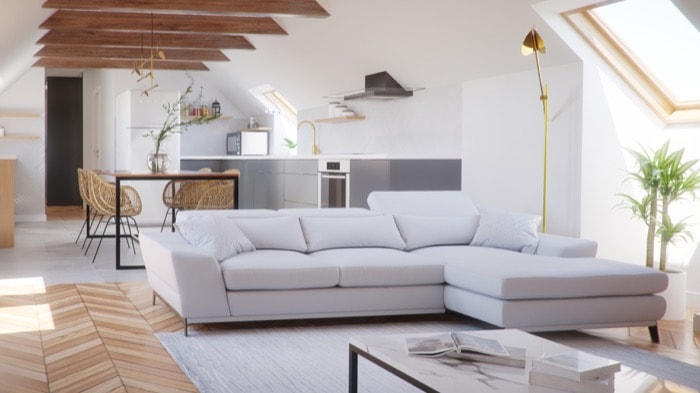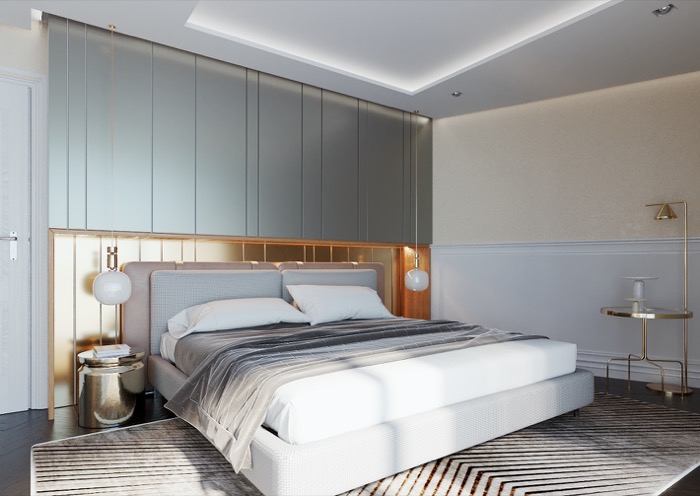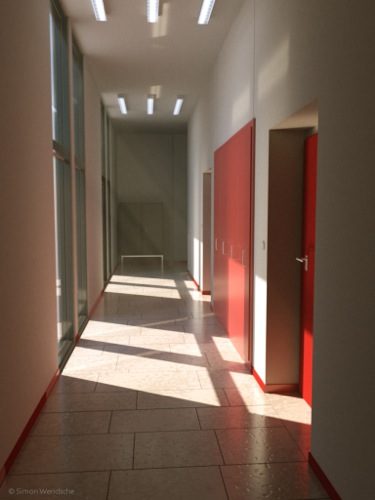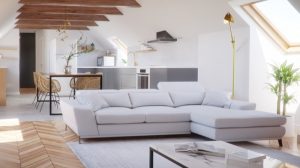
If you like to use LuxRender in your projects, you might want to look to the upcoming release of LuxRender 0.7, which is already in Release Candidate 1. The LuxRender 0.7 RC1 brings lots of bug fixes and new tools, like the physically base absorption. With this new feature, we can setup how much light a transparent object should absorb. It is a great way to add even more realism to the images created with LuxRender. To learn how to use the physically based absorption in LuxRender, visit this link for a great tutorial. You will even learn more about the math behind the tool.
Below we can find an example of an image rendered with the physically based absorption.

Image credits: Asbjorn
With the upcoming release of LuxRender 0.7 a contest to choose the new splash image for LuxRender was started, and it would be great to see an example of architectural visualization as the splash screen of LuxRender. If you have a great image modeled with any tool, but rendered with LuxRender you can submit the render to this page at the LuxRender use forums.
You just have to follow a few guidelines for the image:
- Render the scene with a minimum size of 1000 x 600 pixels;
- Save in PNG uncompressed 24 bits of color;
Besides all that, I want to talk about the integration between LuxRender and Blender 2.50. So far, all we had about the exporter script for LuxRender was a screenshot on the proposed interface. Last Friday, a user posted on the LuxRender forums an unfinished version of the exporter script for LuxRender 0.7 and Blender 2.50. A You will find the script available at the forum, along with the instructions on how to use it.
Yes, at least an experimental script is already available! Before you get exited about that, the only working part of the script is the geometry. This means that we can create something in Blender 2.50 and export in the LuxRender file format, without the proper setup of lights and everything else.
It`s not a complete tool, but a beginning for those of you waiting to start using Blender 2.50 for architectural visualization. The renderer is used to generate realistic images for interior design visualization.






Hm interesting… I’ll give it a test